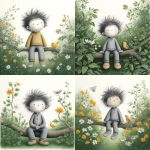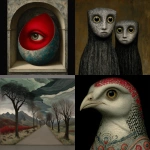Explore the Best AI Image Gallery

Capturing the Unseen: How AI is Revolutionizing Product Photography
The world of product photography has always been about showcasing goods in their most appealing light. But with the advent of artificial intelligence (AI), this art form is undergoing a radical transformation. From automating tedious tasks to creating stunning visuals with unparalleled precision, AI is reshaping how we capture and present products.
The Rise of AI-Powered Product Photography
AI algorithms are now capable of analyzing images, understanding object shapes and textures, and generating realistic product renderings. This opens up a plethora of possibilities for businesses:
- Automated Image Generation: AI can create high-quality product photos from 3D models, eliminating the need for expensive studio setups and lengthy shoots.
- Personalized Product Visualizations: Imagine showcasing a customers chosen color or size variation instantly in a photo. AI enables personalized product visualizations, enhancing the online shopping experience.
- Style Transfer and Enhancement: AI algorithms can transfer artistic styles to product photos, creating unique and eye-catching visuals. They can also enhance existing images by improving lighting, color balance, and sharpness.
AI in Action: Real-World Applications
The impact of AI on product photography is already being felt across industries:
- E-commerce: Online retailers are leveraging AI to create vast libraries of product images, personalize shopping experiences, and streamline the visual merchandising process.
- Fashion: Brands are using AI to generate outfit suggestions, showcase different styling options, and create virtual fashion shows.
- Real Estate: Virtual staging tools powered by AI allow real estate agents to create realistic interior designs for empty properties, attracting potential buyers.
Ethical Considerations in the Age of AI Photography
As with any powerful technology, AI in product photography raises ethical concerns:
- Bias and Representation: AI algorithms are trained on vast datasets, which can contain biases that reflect societal stereotypes. This can result in inaccurate or unfair representations of products and people.
- Transparency and Accountability: The decision-making processes behind AI-generated images can be opaque, making it difficult to understand how certain results are achieved. Establishing clear guidelines for transparency and accountability is crucial.
- Job Displacement: Automation through AI may lead to job losses in the photography industry. It is important to consider the social impact of these technological advancements and explore ways to reskill and retrain affected workers.
The Future of AI in Product Photography
The evolution of AI in product photography is just beginning. We can expect:
- More Sophisticated Image Generation: AI will continue to generate increasingly realistic and detailed product images, blurring the lines between real and virtual.
- Personalized and Interactive Experiences: Consumers will have more control over how they visualize products, customizing features and exploring different angles through interactive AI-powered tools.
- Integration with Augmented Reality (AR):** AR experiences will become more immersive, allowing customers to virtually try on products or place them in their own homes before making a purchase.
As AI technology advances, it has the potential to revolutionize product photography, creating more engaging, personalized, and efficient ways to showcase goods. However, it is crucial to address the ethical implications and ensure that these advancements benefit both businesses and consumers.
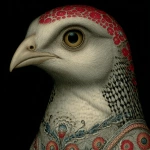


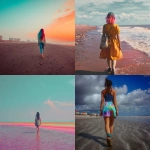
](https://images.ai-img.art/thumbnails/150/45237dfa7845159b860f9e234c48c4418e8efcb52b4d15da4493f46e6a99f337.webp)


](https://images.ai-img.art/thumbnails/150/6a577517a359cd2bc6212d6b0f12c7cab660841317023550a76c84f409c7f2d0.webp)
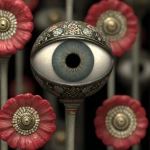
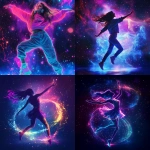



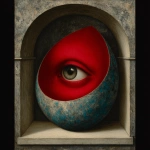
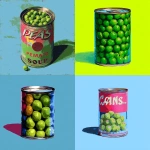

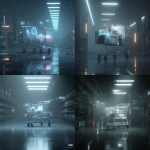















](https://images.ai-img.art/thumbnails/150/1b14bd827b740aca3b0d8efa7ed6865e28c7c8382172f3f565c96b6c5f64ca78.webp)

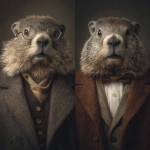



](https://images.ai-img.art/thumbnails/150/065f0b2e150f4cc43a9da80d822e8a385e9e50f2f6ff2cc3be7639cfd74952da.webp)


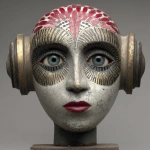
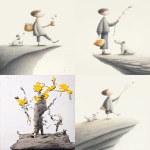



](https://images.ai-img.art/thumbnails/150/6a9bb97a3f1c45ab616724cc54bca010cbcc2d658a9c0e4581aa181c88046444.webp)
